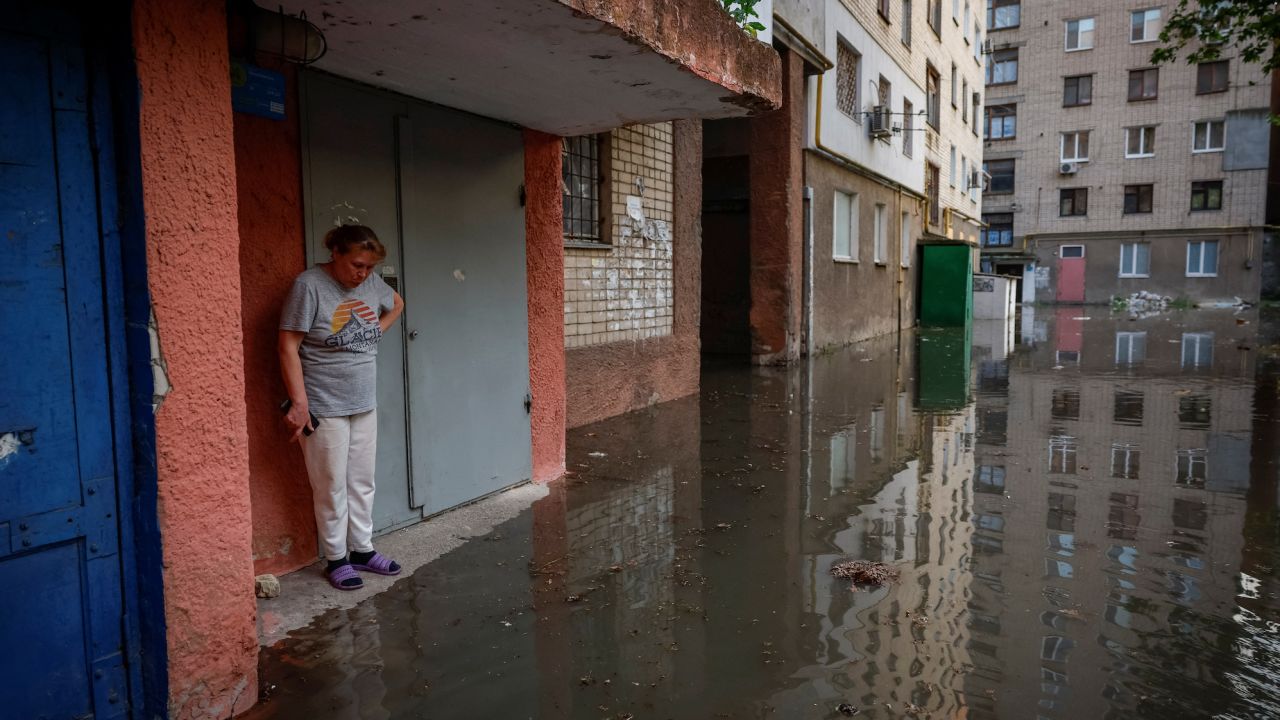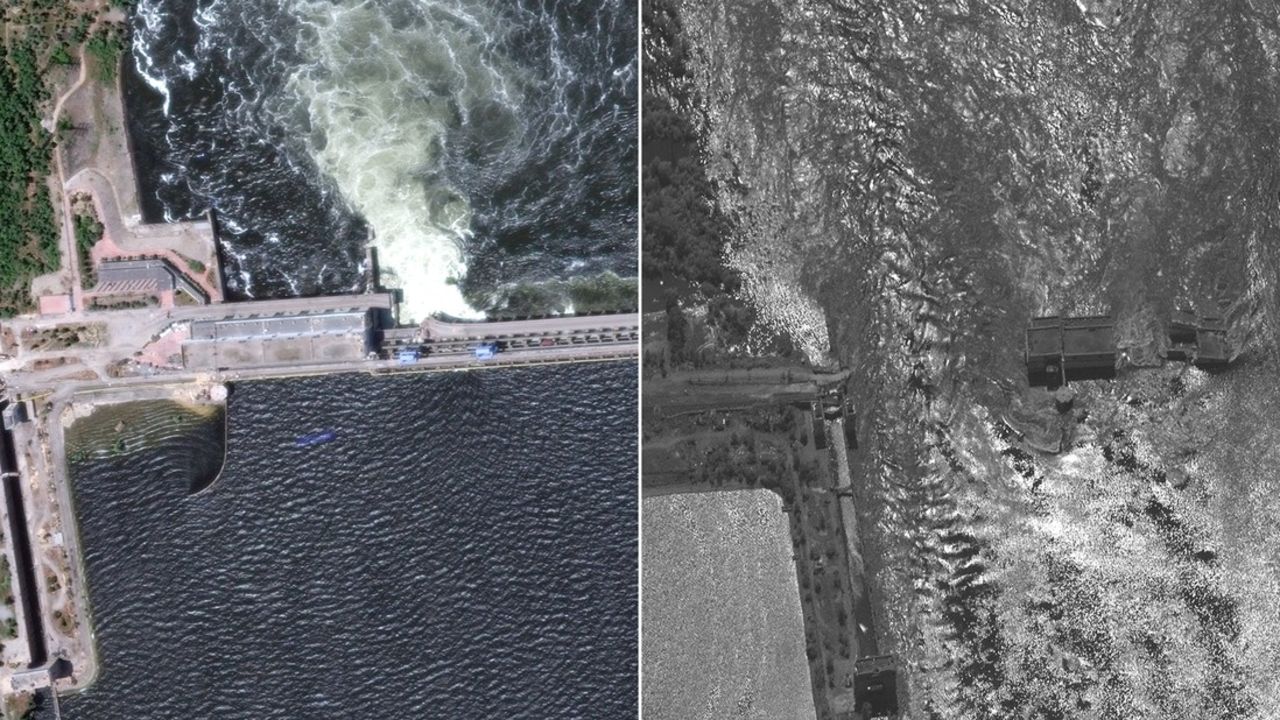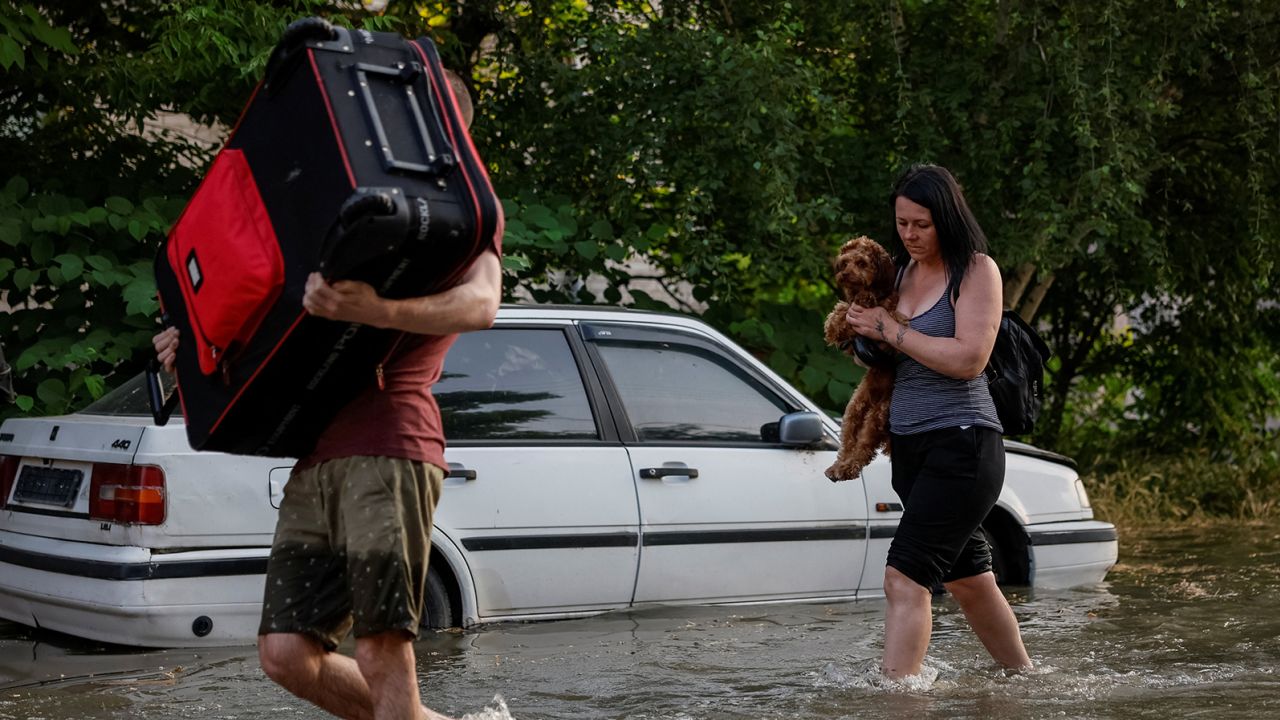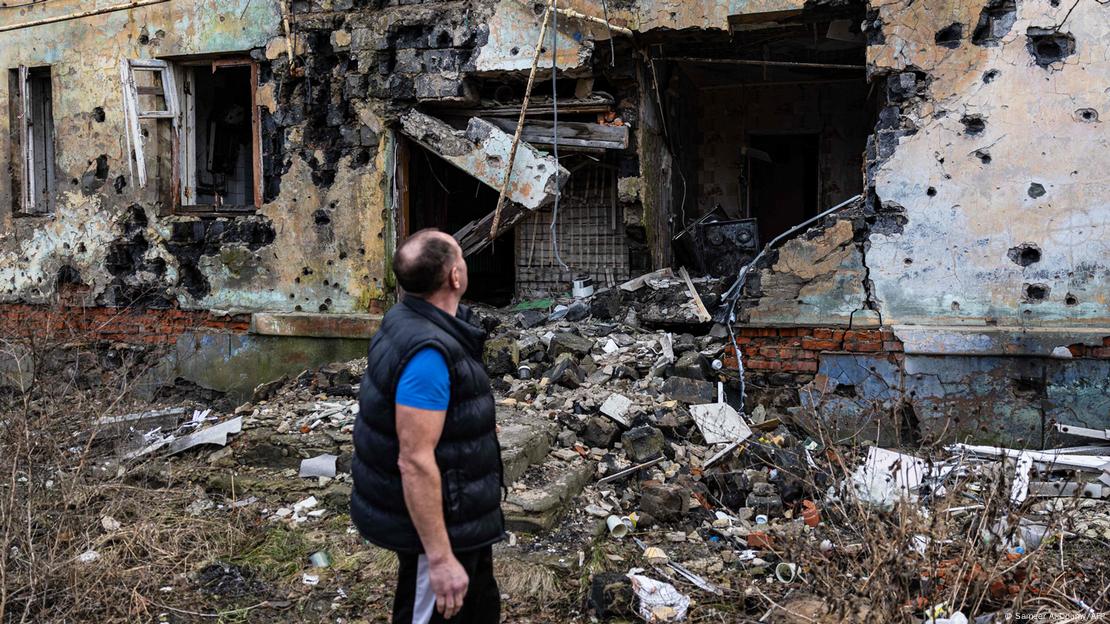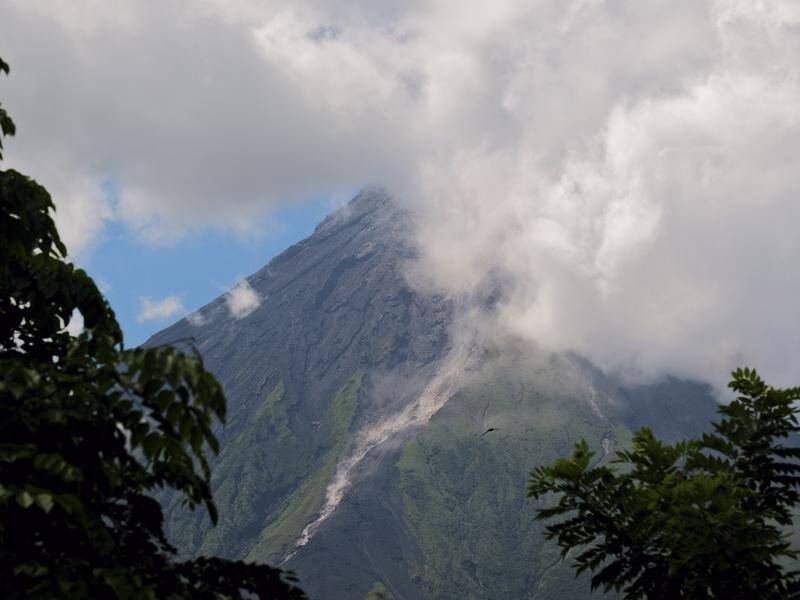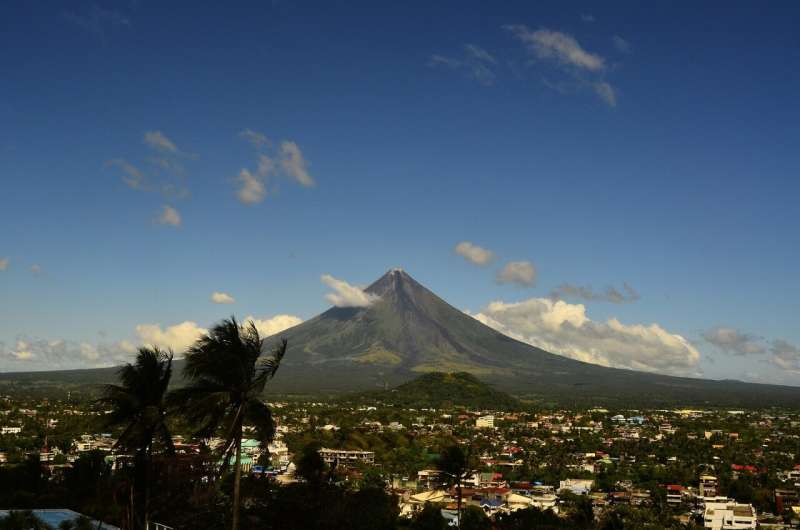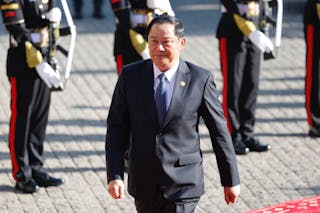
Deutsche Welle
Critics of Laos’ repressive one-party state, both in the country and in exile in Thailand, have been targeted in a recent series of arrests and attacks.
By Tommy Walker
Political activists from Laos are facing growing threats to their safety in exile, human rights activists have warned.
The body of exiled Lao political activist Bounsuan Kitiyano was found with three gunshot wounds in a forest in Ubon Ratchathani, Thailand, on May 17. Kitiyano, 56, was a member of Free Lao, a Thailand-based pro-democracy group formed by Lao residents, migrant workers, and activists who oppose the one-party government in the Southeast Asian nation.
Members of the group have become a target of the Lao People’s Revolutionary Party, which has held power since 1975 following a civil war that led to the country’s monarchy being abolished.
Criticism of one-party state ‘off limits’
The Free Lao group is backed by the Alliance for Democracy in Laos, a Lao diaspora group based in Hagen, Germany, according to Emilie Palamy Pradichit.
Pradichit is the founder of the Manushya Foundation in Bangkok. The human rights organization promotes democracy and has assisted with activists’ protection, including helping Lao critics and bloggers in exile resettle in third countries.
“That diaspora is the old generation, they used to be monarchists. They left the communist regime in the 1970s and ‘80s and became political refugees,” Pradichit said of Free Lao.
Pradichit described the alliance as a key enemy of the Lao government. But in recent years, it has reduced its advocacy, particularly since the disappearance of Od Sayavong, a Free Lao member who had been living in Bangkok. He hasn’t been seen since August 2019.
“Since the disappearance of Od [Sayavong], [the alliance] has stopped having activities much, leaders have been relocated abroad, others have kept a low profile,” Pradichit said.
Phil Robertson, deputy Asia director of Human Rights Watch, said the watchdog is “worried that the Lao government is hunting the last group members of the Free Lao activists’ network in Bangkok.”
“Any sort of criticism of the Lao People’s Democratic Republic [government] or the Lao People’s Revolutionary Party leaders is really off-limits,” said Robertson.
‘Escalation of attacks’ on activists
Kitiyano is the latest in a long list of activists to be targeted. In April, Lao activist Anousa “Jack” Luangsuphom, 25, was shot in the face and chest at point-blank range by an unknown assailant while sitting in a cafe in the Lao capital, Vientiane. After surviving the ordeal, he fled the country and is currently at an undisclosed location.
The activist ran two community Facebook pages that triggered discussions on corruption and pollution, and called for more civil rights in Laos. Luangsuphom’s associates believe an undercover police officer was sent to kill him because of his work. Lao authorities said the attack was related to a personal or business dispute.
In 2019, human rights and environmental activist Houayheung “Muay” Xayabouly was arrested and imprisoned for five years by Lao authorities after she repeatedly criticized the government over the mishandling of the Xe-Pian Xe-Namnoy dam collapse in 2018, which killed dozens of people.
In April this year, Free Lao member Savang Phaleuth was arrested as he returned to Laos from Thailand.
“We have been unable so far to determine his fate or whereabouts. We don’t know what happened or where he is now, or how he is doing,” said Andrea Giorgetta, director for the Asia region at the International Federation for Human Rights.
He said the crackdown on Lao critics is a “concerning trend.”
“There has been an escalation in the past several weeks because of obviously attempted killings and murder. That is definitely much more an extreme measure, and definitely an escalation of attacks against government critics and activists.”
Calls for Thailand to ratify U.N. Refugee Convention
Thailand has not ratified the U.N.’s 1951 Refugee Convention, meaning the country has no specific domestic legal framework for the protection of urban refugees and asylum-seekers.
Following the Thai general elections in May, which saw the progressive Move Forward Party win the most seats and form an opposition coalition, Robertson of HRW said change is needed to protect refugees.
“The new Thai government should totally change policy and ratify the Refugee Convention. There can be no more of the ‘swap mart’ arrangements sending people back into harm’s way across the border.
“Free Lao group members are already trying to get out of Thailand, and who could blame them? There’s been little or no protection for the Free Lao,” he added.
EU to meet Laos for human rights talks
Last year, Thailand passed a law that would prevent enforced disappearances. The International Federation for Human Rights has been pushing for a stronger legal framework to protect exiled critics and refugees.
“On the legal standpoint, we have been campaigning for many years for Thailand to ratify the international convention for the protection of all persons from enforced disappearance. The hope is that there will in fact be a [new] law for the prevention of torture and enforced disappearance in Thailand,” Giorgetta said.
The European Union is also set to meet with the Laos government this month for a human rights dialogue, Giorgetta added.
“We brief the European Commission, we normally provide alternative information from the side of civil society, to inform about the key cases […] human rights violations, impunity and so on will be in the briefing papers.”
Edited by: Sou-Jie van Brunnersum
This article was originally published on Deutsche Welle. Read the original article here.
READ NEXT: China’s Whistleblowing Culture and the Sensitive Youth
TNL Editor: Bryan Chou (@thenewslensintl)
If you enjoyed this article and want to receive more story updates in your news feed, please be sure to follow our Facebook.

